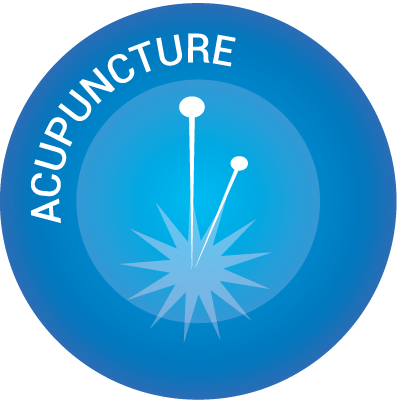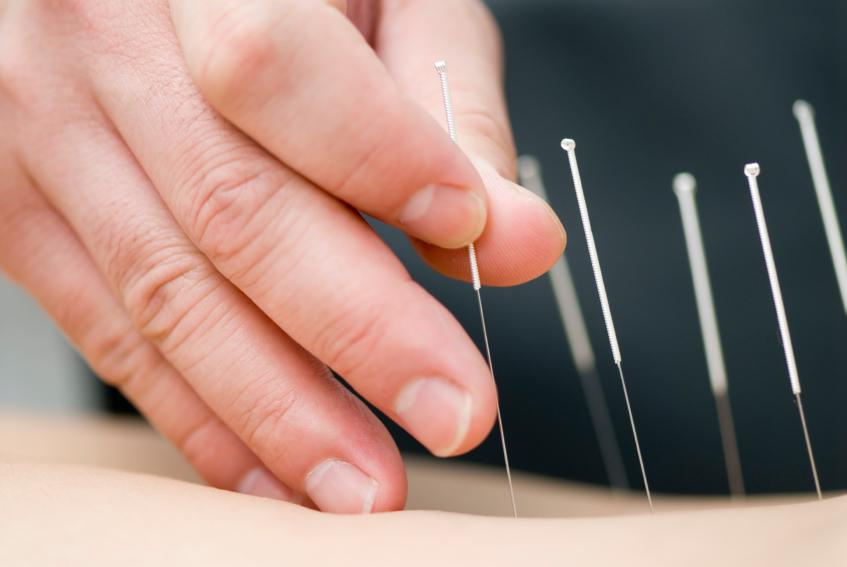Acupuncture

Acupuncture - when East meets West
Acupuncture is one of the many specialist skills used at PhysioQinetics as an integrated approach to the management of pain, inflammation and as a mean of enhancing the body's own healing chemicals in order to aid recovery and enhance rehabilitation.
Acupuncture is used to stimulate the brain and spinal cord to produce natural pain relieving chemicals such as endorphins; melatonin to promote sleep; serotonin to promote mental well being, just to name a few. These assist the body's healing process and offer pain relief as a precursor for other manual or exercise therapy.
Acupuncture has been used for over 3-5,000 years. There are many theories as to how acupuncture has its effects. The traditional (Chinese) view is that energy (Qi - hence our name!) flows freely when the body is in a healthy state. If there is a problem, energy stagnates which leads to pain. The stimulation of acupuncture points by insertion of a fine needle frees this energy. When stimulating an acupuncture point the brain is stimulated to produce natural pain relieving chemicals called endorphins. These assist the body to heal itself and gain pain relief.
Wil it work?
Research shows that 70% of people achieve some forms of pain relief with acupuncture. Good results can be achieved when more conventional medicine has failed.
The effects of acupuncture are cumulative with a build up of effect as treatment progresses. Some people respond immediately, while others may see little benefit until they have had a few treatments. This is more likely with a long-standing condition. Occasionally the condition may become slightly worse at first. This is not a bad sign as it usually means the condition will respond.
Conditions commonly treated by acupuncture:
- Neck and back pain
- Sports injuries
- Musculoskeletal conditions
- Arthritic knees / joint pain
- Frozen shoulder
 Credit:
Getty Images under licence to PhysioQinetics Ltd.
Credit:
Getty Images under licence to PhysioQinetics Ltd.

Will it be painful?
This is the most commonly asked question. Acupuncture needles are so fine that the prick of the needle as it goes through the skin is barely felt. When the needle reaches the required depth a deep sensation is experienced indicating a movement of energy at the acupuncture point. This only lasts for a second or two, even though the needles are left in normally for about 20 minutes.
Why by physiotherapists?
Chartered physiotherapists are in a unique position of being able to combine acupuncture with other natural treatment methods, such as exercise, manual therapy and relaxation techniques. Our acupuncture service is provided by physiotherapists with AACP (Acupuncture Association of Chartered Physiotherapists) accreditation. We are trained to use the strictest hygiene; we use single-use disposable sterile needles. Side effects are extremely rare. All members of the AACP who practice acupuncture are trained to give pain relief.
